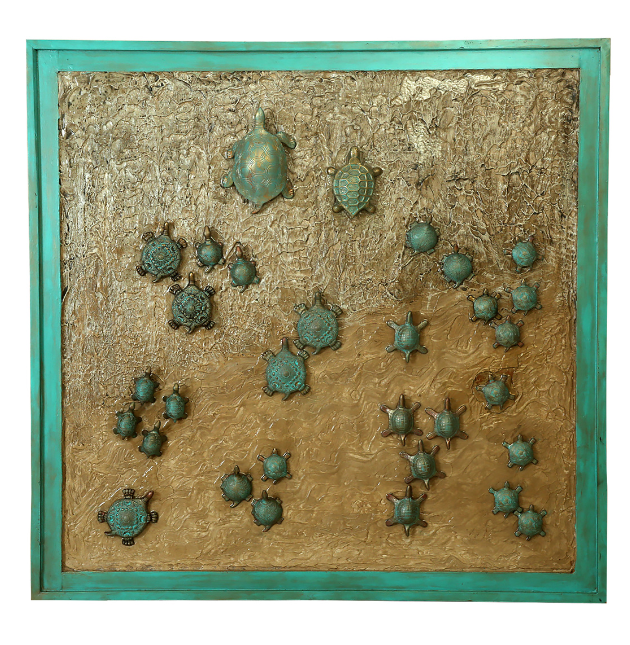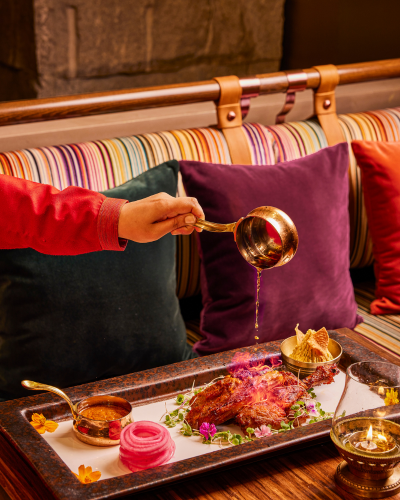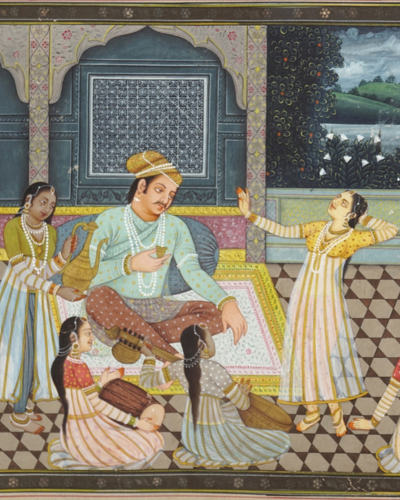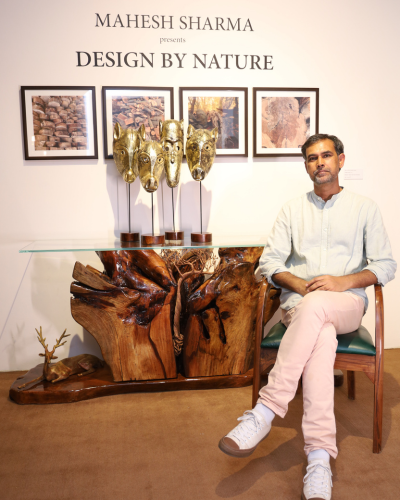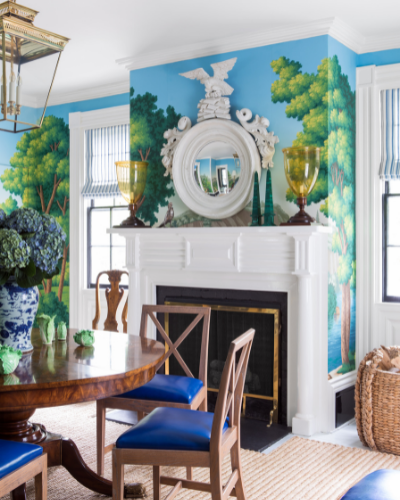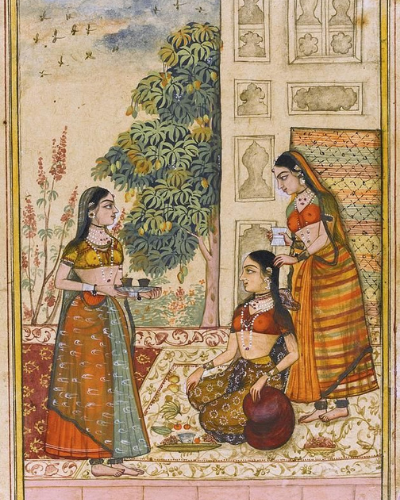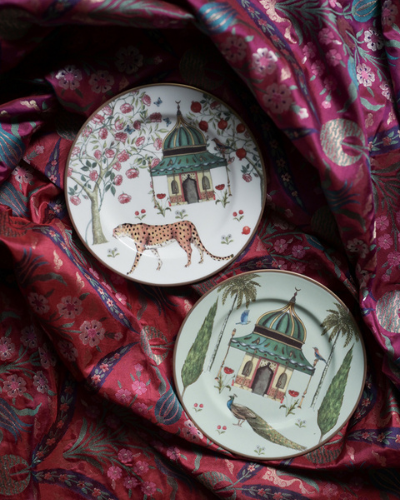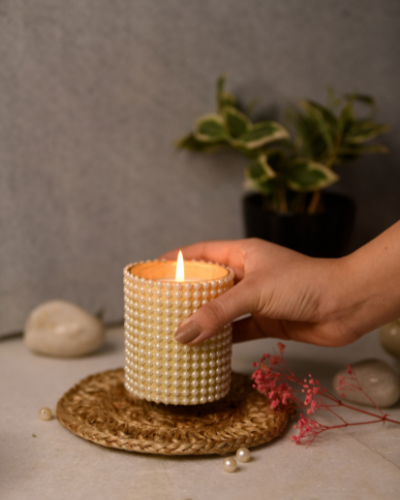Having worked with leading fashion designers including, Sabyasachi, Tarun Tahiliani, Manish Malhotra and Rohit Bal, multidisciplinary artist and spatial designer Mahesh Sharma expanded his creative pursuit with a debut showcase of furniture and objet d'art titled, Design by Nature, at The Bikaner House in Delhi. His inspiration for nature and commitment to sustainability shines through his artistry as the show envisions functional pieces that fit organically into today's contemporary spaces. “My creations are intended to bring the unparalleled beauty of nature directly into people's lives, evoking a sense of joy and fostering a meaningful connection with the world around us. I hope these pieces spark conversations, igniting a greater appreciation for nature's wonders and encouraging others to cherish and protect our precious environment,” elaborates Sharma as he takes us through his design philosophy in an exclusive conversation.
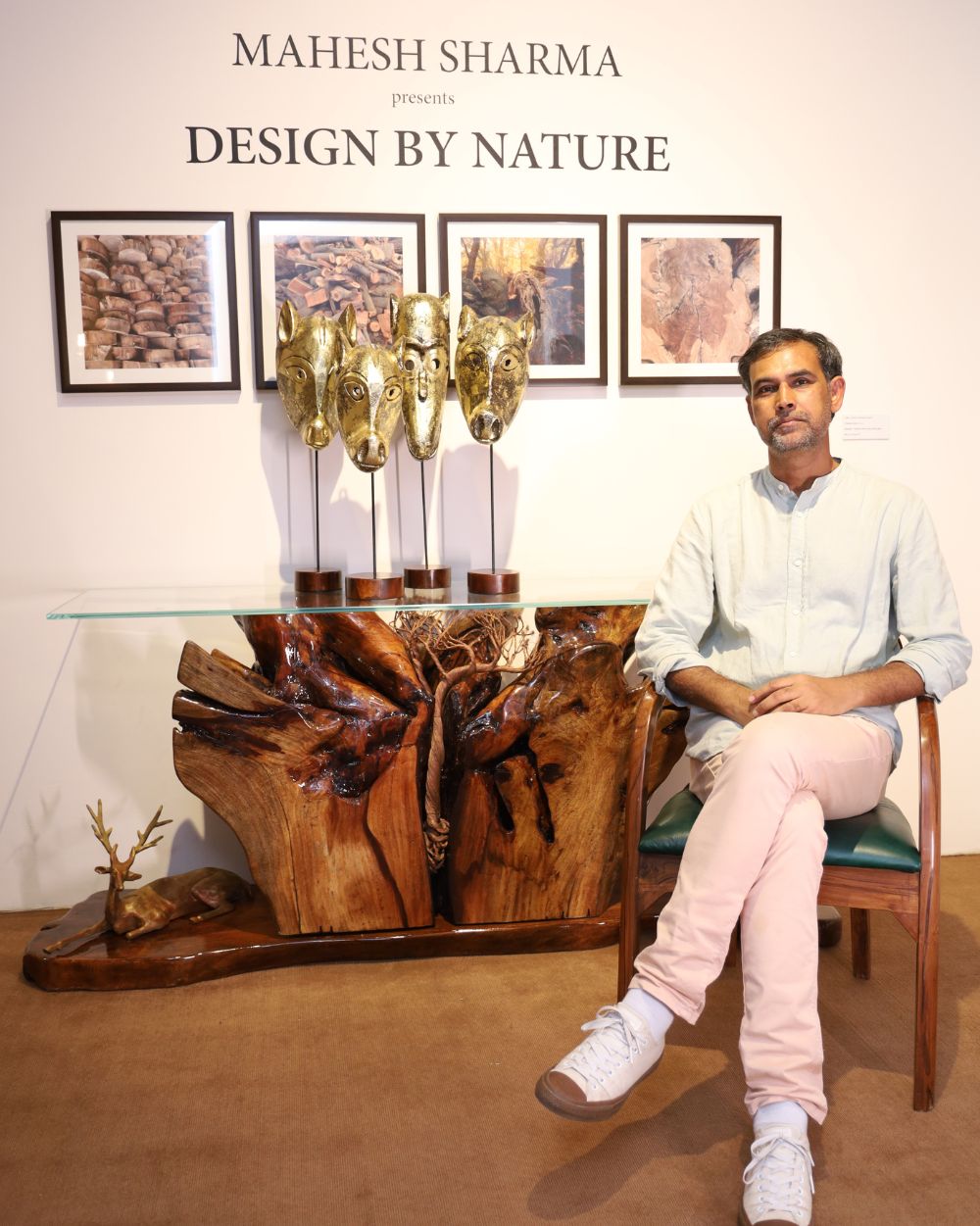 Artist Mahesh Sharma
Artist Mahesh Sharma
Take us through your exhibit ‘Design by Nature’, and what are the highlights of the same?
My solo show, "Design By Nature," is centred around the profound philosophy of drawing inspiration from the natural world to craft extraordinary designs. Nature, being the ultimate source of creativity, offers an array of intricate patterns, textures, and processes that are both breathtaking and harmonious. I aim to infuse the very essence of nature into every creation, whether it be art furniture, paintings, sculptures, or accessories. Each piece is crafted meticulously with unwavering attention to detail and a dedication to achieving excellence.
I am discerning in selecting only the finest materials and employ cutting-edge techniques to ensure the utmost quality and craftsmanship. Through this show, I wish to convey our deep commitment to honouring the art of craftsmanship and our profound reverence for the marvels of the natural world.
How has been the journey of putting the show together? How much time did it take?
The process of assembling this show has been a transformative and gratifying journey. It spanned nearly three years to curate this remarkable collection. Along the way, I embraced numerous challenges, experiments, and encountered failures that ultimately became invaluable lessons. As a designer, adaptability and innovative problem-solving played pivotal roles in shaping the outcome. Divided into four distinct themes, the show highlights different collections, each with its captivating allure. Interestingly, every individual who experiences the exhibit develops a favourite theme, reflecting their distinct tastes and preferences.
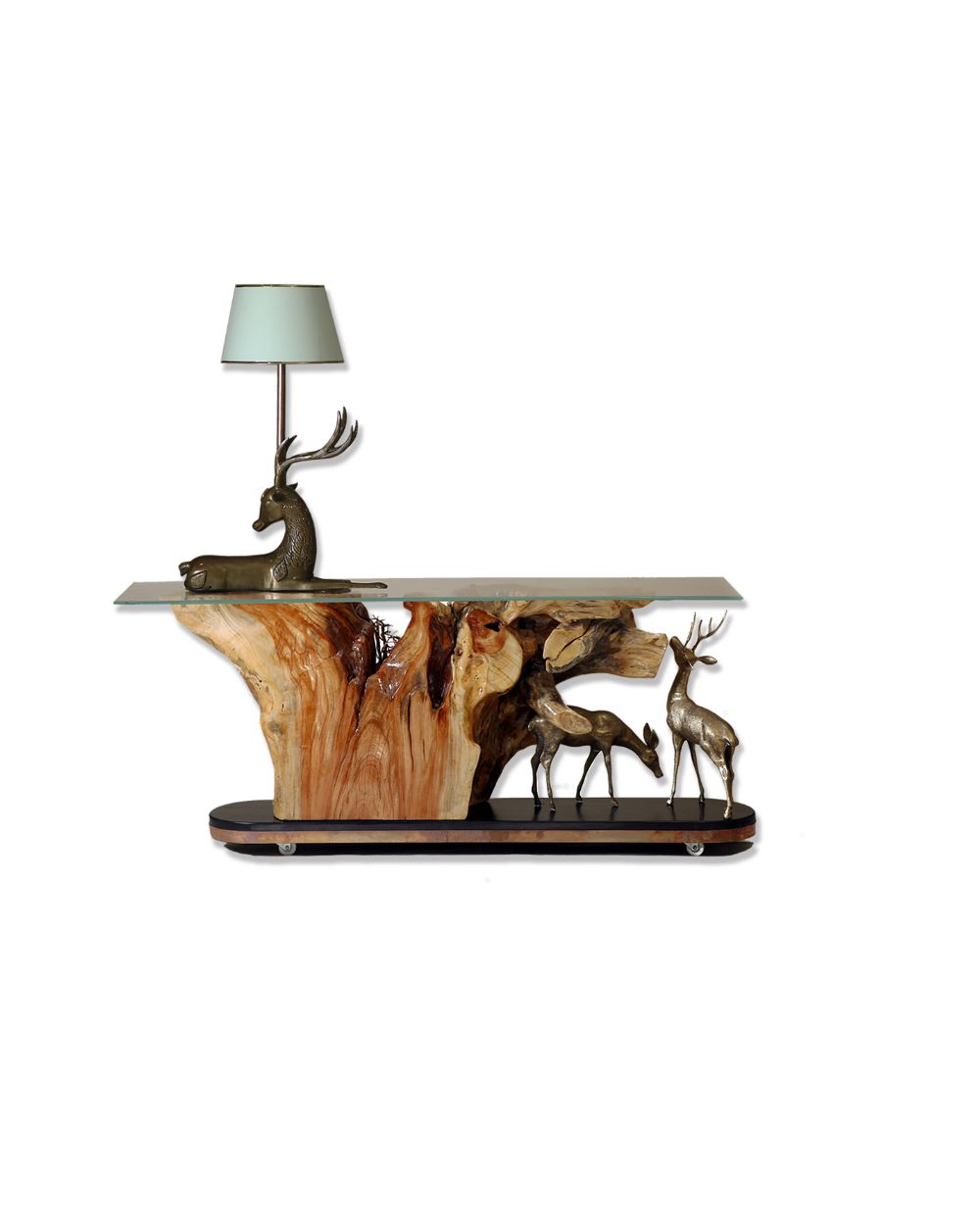 What has been your source of inspiration for the same?
What has been your source of inspiration for the same?
Nature's abundant diversity serves as an endless inspiration for me, from the enchanting colours of animals to the myriad textures found in various types of wood. I find close-up photographs of natural elements offer an opportunity to study intricate details, igniting my creativity and influencing my art pieces profoundly. I draw inspiration from organic shapes, embracing wood's natural contours to enrich my art furniture, infusing each piece with authenticity and a connection to the environment.
What are your views on sustainability in the art space? How do you incorporate the same in your body of work?
As a designer, I strongly believe in human creativity's boundless potential. We possess the remarkable ability to transform even discarded materials into something of beauty and value. In today's world, where sustainability is of utmost importance, adopting a mindset of sustainable design is crucial. Creating beauty from what may seem like waste showcases our innovative spirit and contributes significantly to a more eco-friendly and responsible approach to design. By repurposing materials and finding new uses, we reduce waste, conserve resources, and lessen our environmental impact.
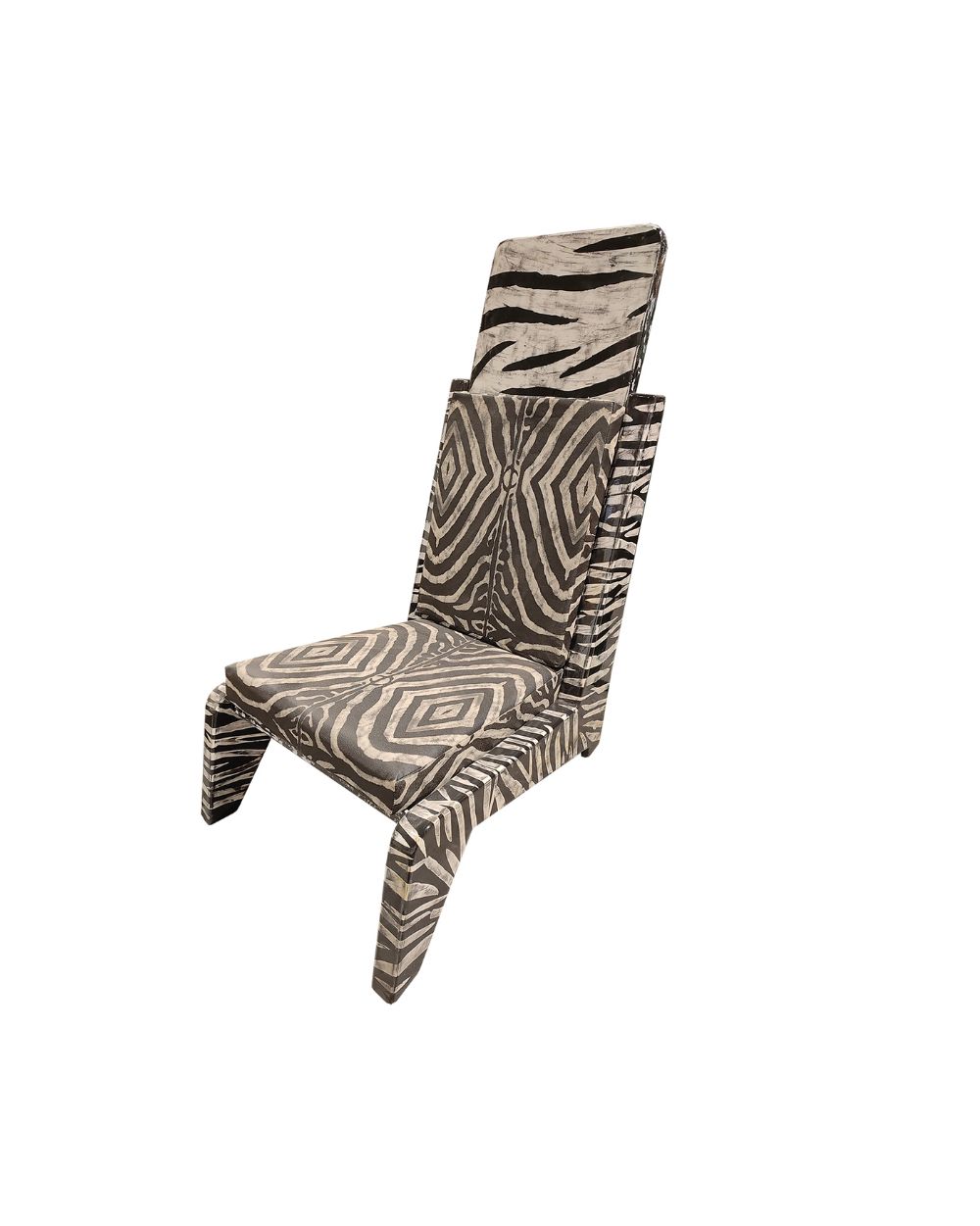
How do you think design has evolved for contemporary spaces?
Design for contemporary spaces has experienced significant evolution over the years, driven by various factors such as technological advancements, changing lifestyles, environmental awareness, and cultural shifts:
1. Emphasis on Functionality: Design is customised to meet the specific needs and lifestyles of the inhabitants, optimising the use of space and resources.
2. Integration of Technology: Technology has become an integral part of contemporary design, influencing everything from smart home systems to interactive installations. Designers now consider how technology can enhance user experiences and improve the functionality of spaces.
3. Sustainable and Eco-Friendly Design: With a growing focus on environmental consciousness, contemporary design emphasises sustainability. Reclaimed materials, energy-efficient technologies, and eco-friendly practices are integrated into design decisions.
4. Blurring of Boundaries: Contemporary spaces often blur the lines between different areas and functions. Open floor plans and flexible layouts allow seamless transitions between living, working, and leisure spaces.
5. Inclusive and Diverse Design: There's a greater awareness of the importance of inclusivity in design, ensuring that spaces are accessible and accommodating to people of all abilities and backgrounds.
 What are you working on next?
What are you working on next?
I am thrilled to be embarking on an exhilarating new project, curating an exquisite collection that draws its inspiration from the breathtaking beauty of nature. Our mission is to capture the rare and mesmerising aspects of nature's wonders through our artistic creations, offering a unique and captivating experience to all who encounter them.
In this collection, we are exploring new handicraft materials, expertly blending tradition with innovation. We intend to pay homage to the age-old craftsmanship while infusing it with modern sensibilities, resulting in pieces that resonate with art enthusiasts from all walks of life.



